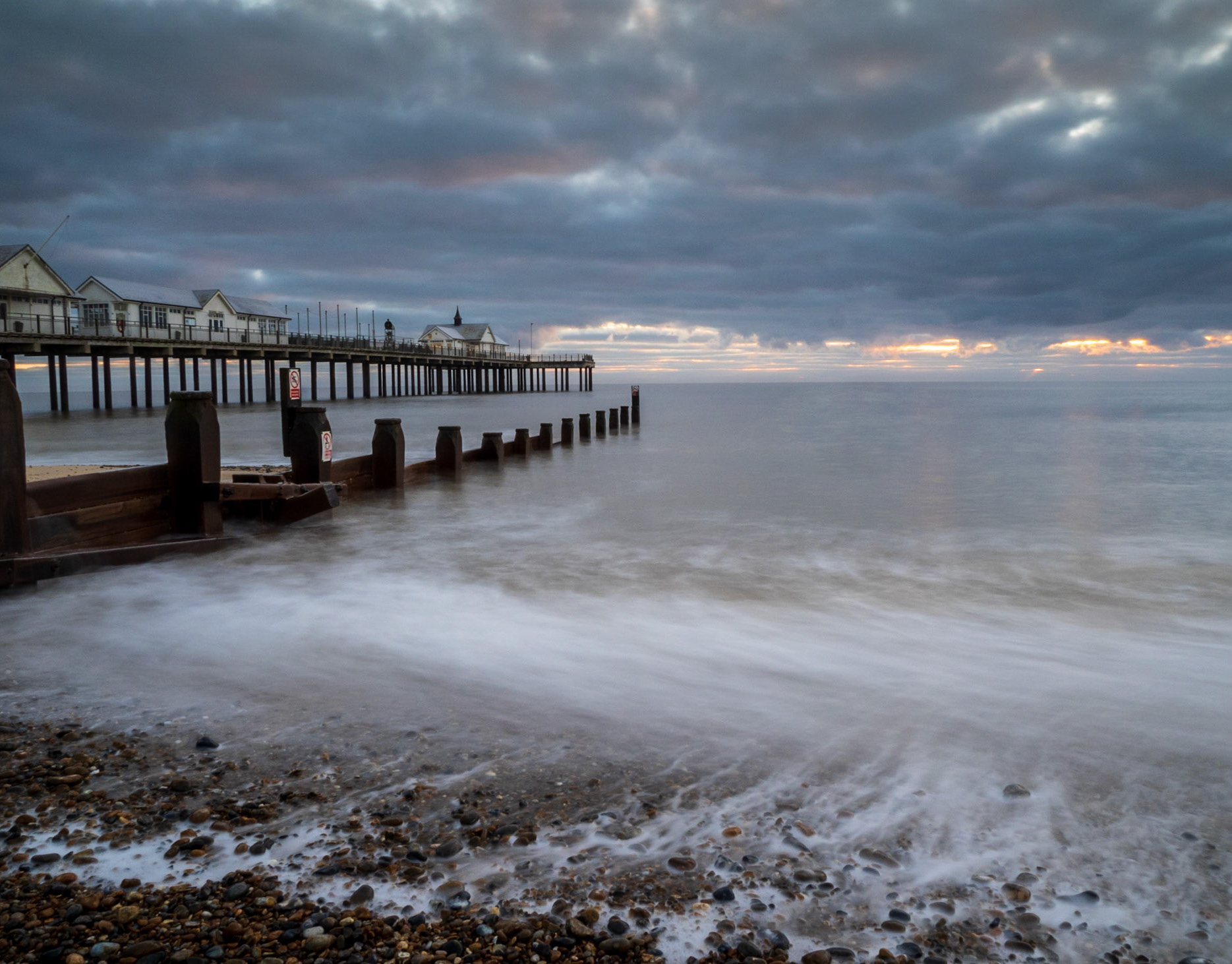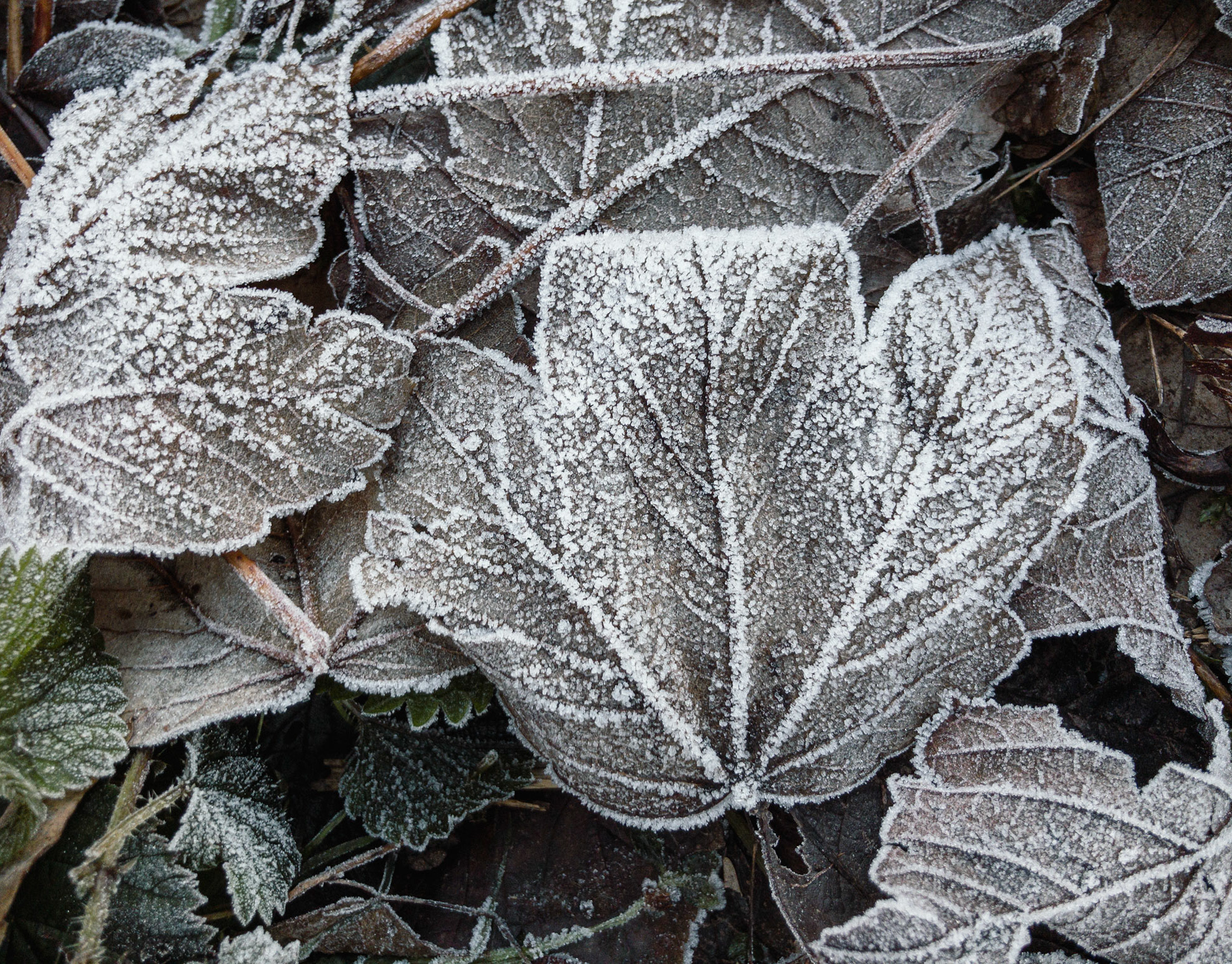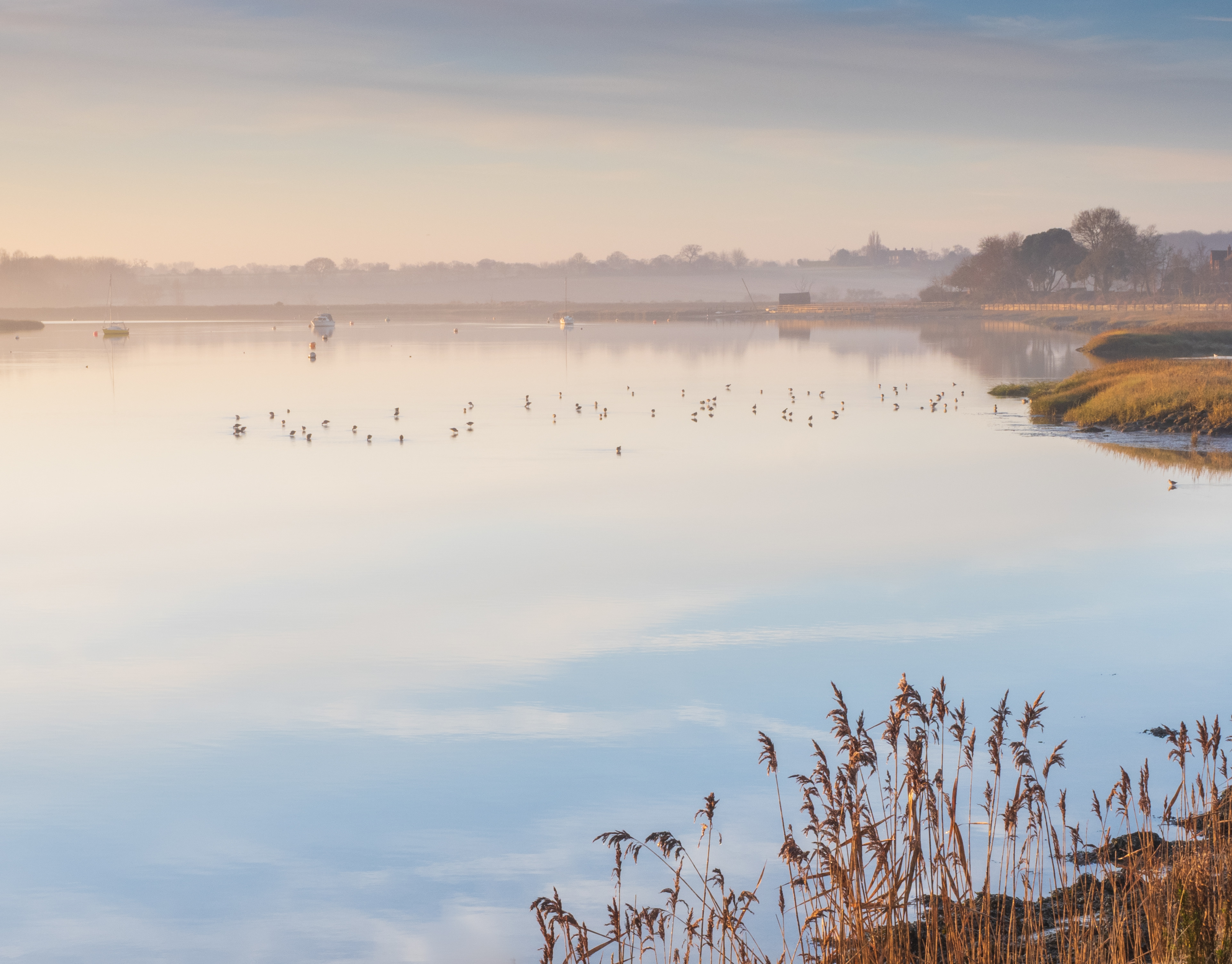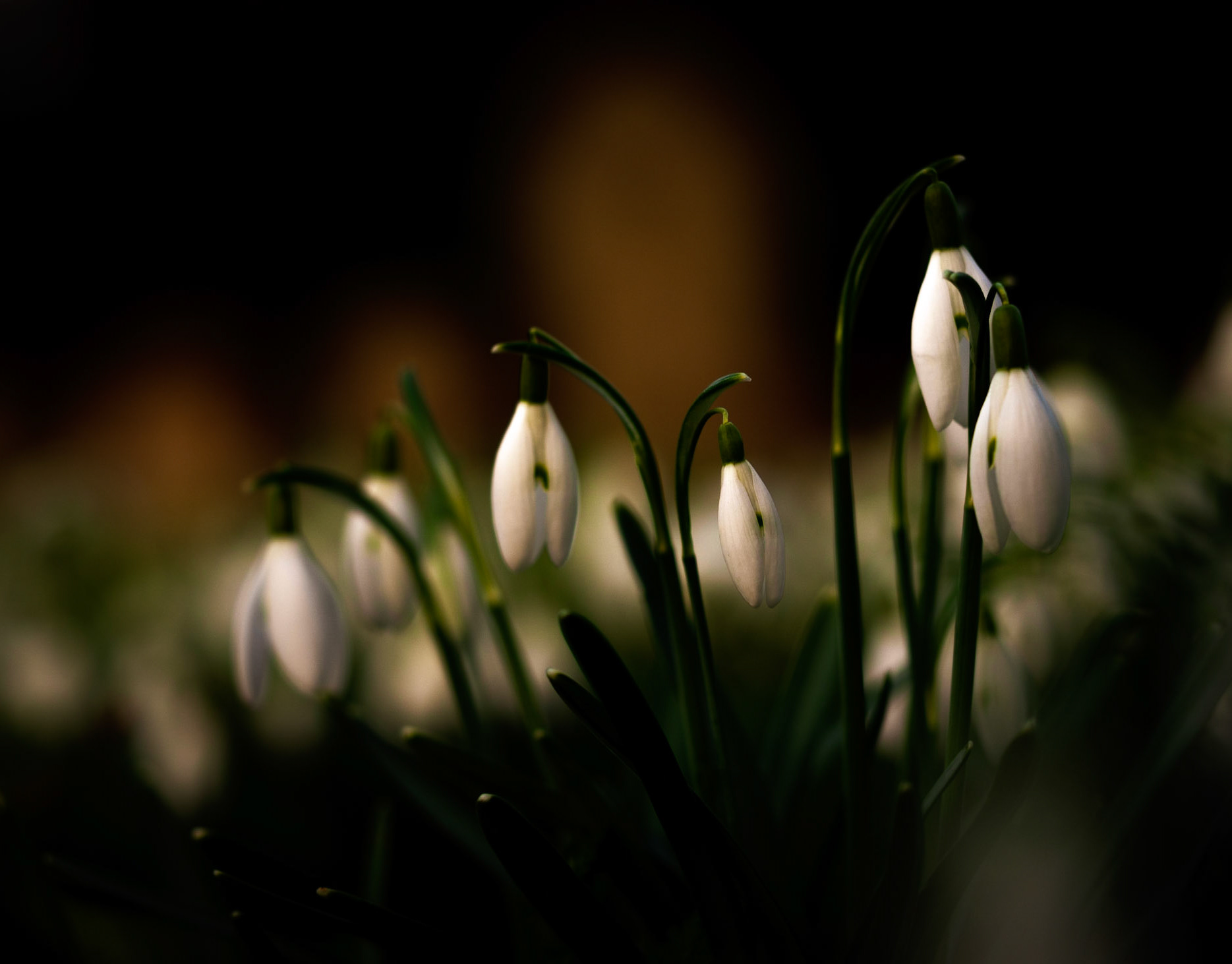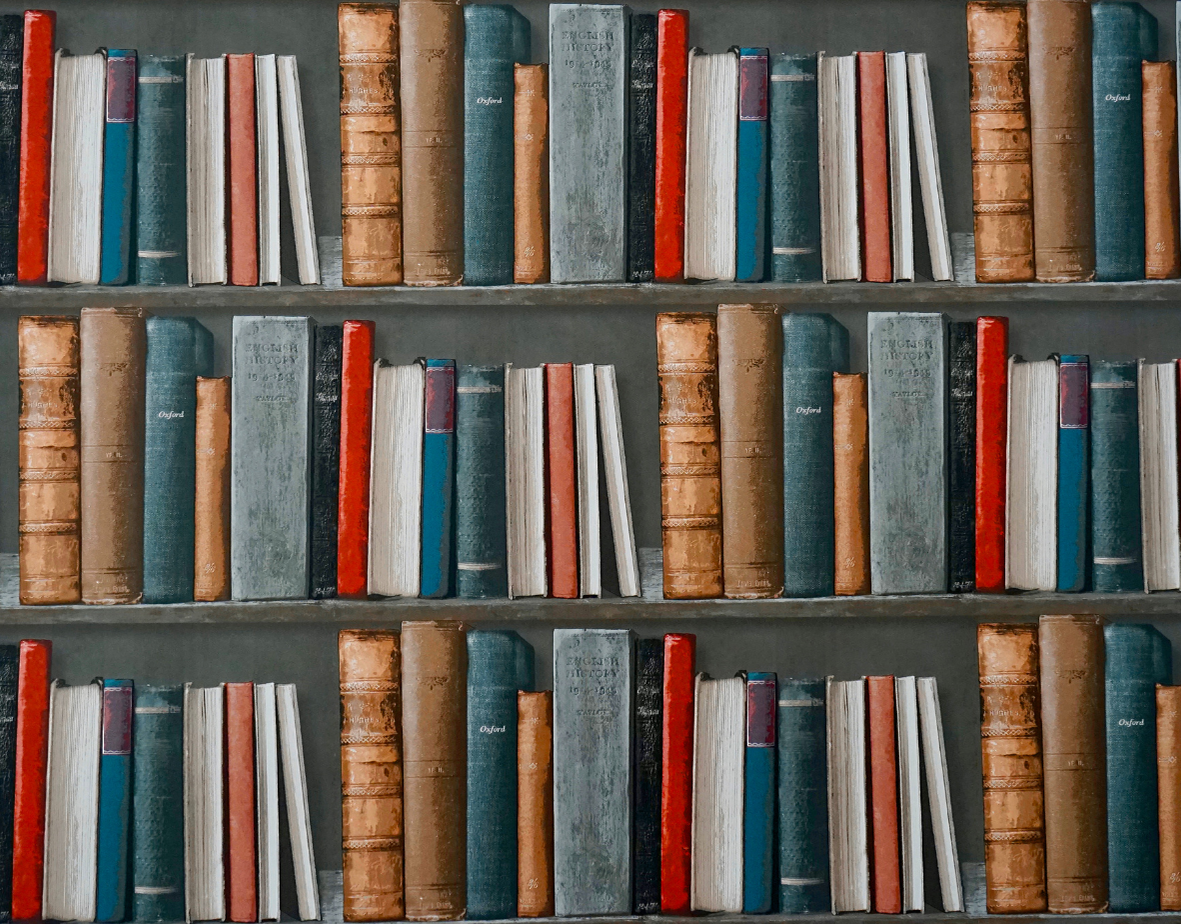One of the key elements of image making are the associations that go with images. I take lots of family images, some will make it to our family photo albums and become well known in our family as the representative images of what ever event or time. So we have the picture of a family birthday (often the cliché image of the birthday person with cake) that represents that day. Later you associate the feelings of the day with that image. An emotional attachment with the image takes place even if it’s only ever a digital image.
There are other image connections that can be made. Take perhaps a landscape of trees, you might say ‘I see dancers’ and in way those trees bend together. It reminds me of feelings I have about dancing. There are also those images that have very little association but communicate a certain feeling. A very minimalist scene of groynes on the beach, with a flat sea, is a good example of that. It can communicate peace while the elements of the image are very simplistic. Perhaps it’s the absence of complexity (particularly in the textures) that allows the mind to be attracted in these types of images because the mind knows they are ‘different’ in some way.
Association in this wide range of ways is powerful not so much because of the images but what they mean to an individual. This is perhaps most famously illustrated by the images of Thomas Merton was an American Trappist monk and contemplative. In later life he gained a camera and started making images the most famous of which is sky hook which he subtitled “Merton noted on the back that it was “the only known photograph of God.”
Thomas Merton Sky Hook (CC License)
Merton's skyhook photo - color | A letter from Merton to me … | Flickr
Association is a powerful tool. Christine Valters Painter goes into this aspect in great detail in her book Eyes of the Heart. It’s worth a read! She suggests taking an image on a quiet walk and using it as a focus for contemplation later. It’s worth a go, and something I'll discuss in a future post.
http://www.merton.org/hiddenwholeness/


